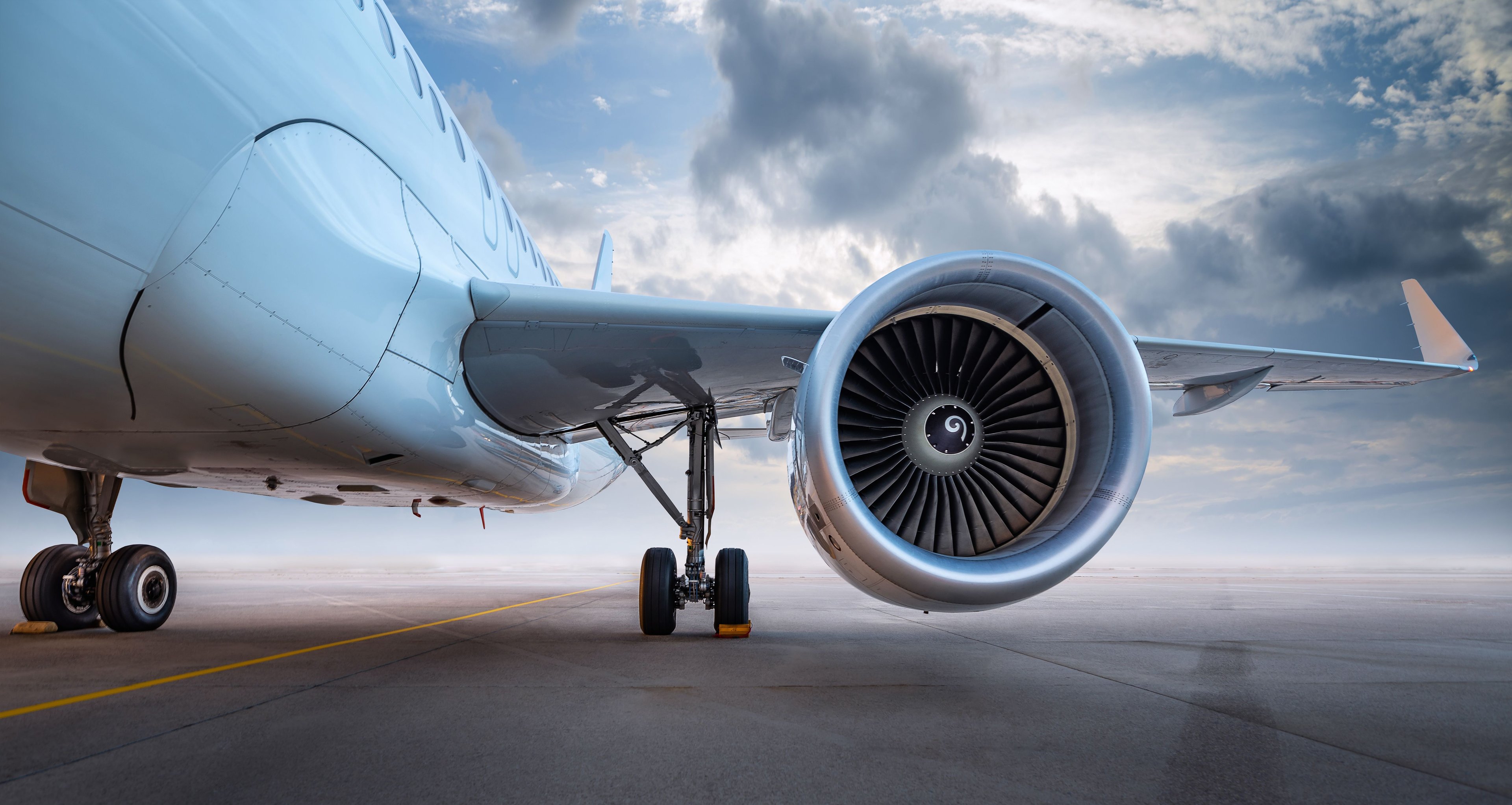Later this week, Hawaiian Holdings (HA +0.00%) subsidiary Hawaiian Airlines will start flying to China. Its thrice-weekly Beijing-Honolulu flights mark the beginning of a potentially huge new chapter in its long-term-growth plan.

Hawaiian Airlines will start flying to China this week. Source: Wikimedia Commons.
International expansion has not been a panacea for Hawaiian Airlines. In fact, in the last year, the company has decided to drop three international destinations due to weak demand and too much competition. However, the China-Hawaii travel market is potentially so vast that it can accommodate a number of successful players. As a result, I expect Hawaiian to persevere in China.
Big potential
China's massive size and rapid economic growth are creating a large potential market for leisure travel to Hawaii. Japan -- which is much wealthier but much less populous -- has become one of the biggest sources of travelers to Hawaii. Last year, more than 1.5 million visitors came to Hawaii from Japan.
By contrast, Hawaii only had 132,634 visitors from China last year. That was up 13.5% year over year, but still fell short of the Hawaii Tourism Authority's earlier projection that Hawaii would receive 145,000 tourists from China in 2013.
Nevertheless, this was an impressive result, considering that for most of the year, the only nonstop flights between China and Hawaii were China Eastern's three weekly flights from Shanghai to Honolulu. Most Chinese visitors had to connect in South Korea or Japan. As nonstop service from China to Hawaii increases, it should stimulate more travel demand.
Expansion isn't easy
While China is a very promising market, international expansion isn't simple. For Hawaiian Airlines to be successful, it needs to learn what potential customers are looking for, promote its brand, and develop relationships with local travel agents and tour companies. Ultimately, it also depends on people being interested in taking a vacation to Hawaii.
In the last year or so, Hawaiian Airlines has dropped (or announced plans to drop) three of its international destinations: Manila, Fukuoka, and Taipei. In those markets, Hawaiian faced direct competition from Philippine Airlines, Delta Air Lines (DAL +1.30%), and China Airlines, respectively.
Ultimately, none of these routes could handle two competitors, and in each case Hawaiian was first to pull the plug, seeing better opportunities elsewhere. In Beijing, Hawaiian Airlines will face competition as well -- Air China began Beijing-Honolulu service earlier this year.
However, Beijing is a much bigger city than any of the markets Hawaiian Airlines has pulled out of recently. With two carriers starting service from Beijing to Honolulu at around the same time, it could potentially take two to three years for the service to become profitable.
For Hawaiian Airlines, the difference between China and the markets it has dropped comes down to the size of the long-term opportunity. Hawaiian Airlines has every reason to believe that it could eventually offer daily flights to several cities in China, up from three weekly flights starting this week. It could take a decade to reach that point, but the growth potential can justify racking up losses for a few years if necessary.
Foolish conclusion
Now that Hawaiian Airlines has eliminated most of its underperforming routes and its other new routes are maturing, it can afford to invest in a long-term growth opportunity in China. Even though its Beijing-Honolulu flights will probably lose money initially, improvements elsewhere in Hawaiian's route network should drive robust profit growth for the next few years.
Hopefully, the Beijing route will be profitable by then, and Hawaiian Airlines will be ready to expand its operations in China. Succeeding in China will require patience, but it could be very rewarding for long-term shareholders, because Hawaiian Airlines is getting in on the ground floor of this big growth opportunity.



